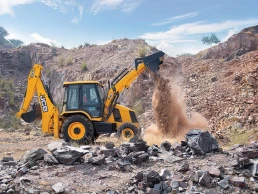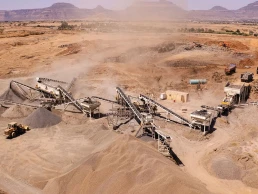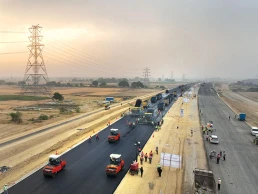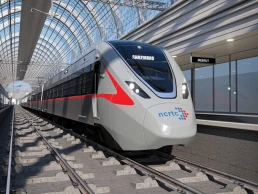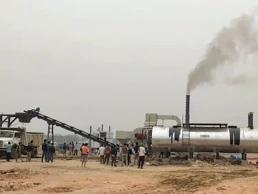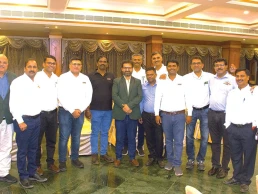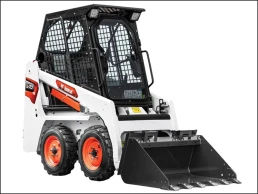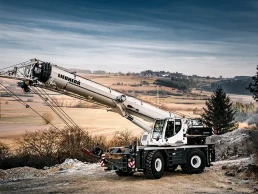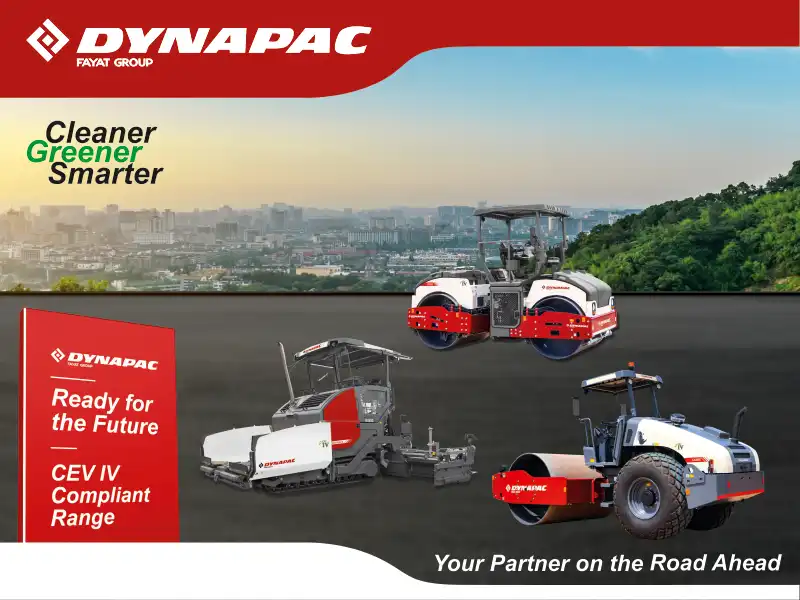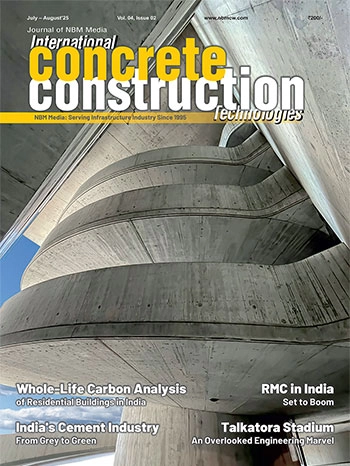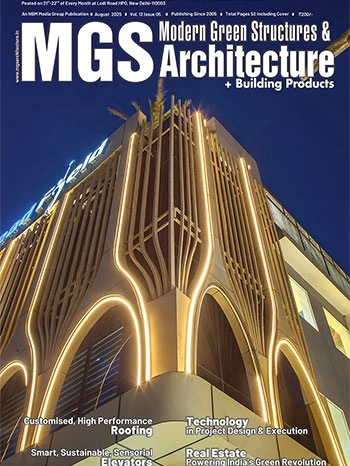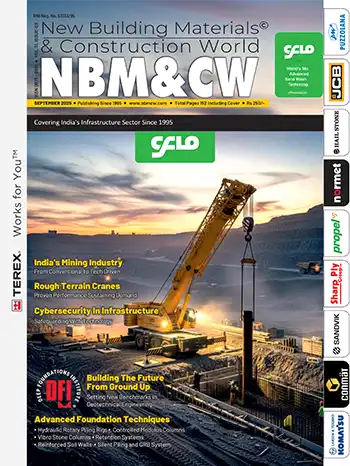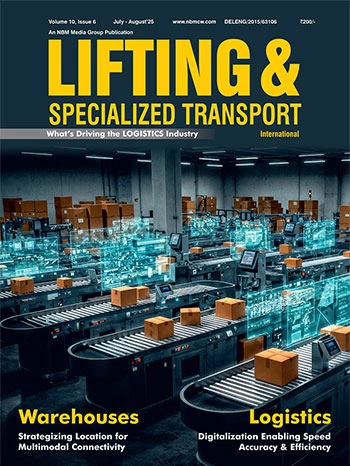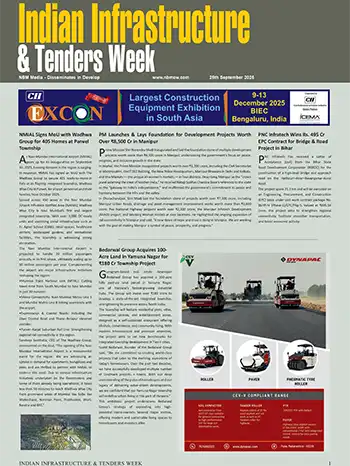NHLML's Parvatmala Pariyojana: Sustainable Ropeway Solutions for India

“With Parvatmala Pariyojana, ropeway development in India has shifted from state-led efforts to a structured, centrally-driven programme, backed by clear policies, strong PPP models, and a focus on safety, standardization, and sustainability.”
Prashant Jain, Vice President - Ropeways, National Highways Logistics Management Limited (NHLML)
How has the Parvatmala Pariyojana accelerated ropeway development in India, and what are the key factors driving this growth?
Ropeway development in India has traditionally been a state subject, with around 70 ropeways implemented by state governments over the past 50 years, with the first built in 1969. The recent Parvatmala Pariyojana announcement has accelerated implementation significantly with the responsibility for developing all ropeways under this programme being entrusted to NHLML through MoRTH.
Tenders have been invited under this programme including India’s first urban ropeway project in Varanasi and marquee projects like Kedarnath and Hemkund Sahib Ji, which are set to place India prominently on the global ropeway map. These initiatives have gained momentum, with many state governments and UT administrations prioritizing ropeway development to promote tourism, improve last-mile connectivity, and decongest urban centers.
A major factor behind this growth is the introduction of standardization and regulatory clarity. Earlier, the ropeway sector lacked uniformity as states followed different regulations. Now, with a standardized RFP and Concession Agreement, a defined process and clear guidelines for project development, implementation, and operations and maintenance across the entire lifecycle have been established.
Another key driver is the promotion of public-private partnerships. A robust PPP model under Parvatmala Pariyojana ensures balanced risk-sharing between the concessionaire and the Authority, making projects more viable. The strong backing of the Central Government has boosted private investor confidence, resulting in faster growth in the ropeway sector.
What is the current status of ropeway projects being implemented under the Parvatmala Pariyojana?

Under the Parvatmala Pariyojana, the Government of India is moving forward with a robust pipeline of ropeway projects at various stages of development. Currently, three projects are under implementation, at Varanasi, Mahakaleshwar Temple in Ujjain, and Bijli Mahadev in Kullu. Two projects have already been awarded, namely at Dhosi Hill in Mahendragarh and Sangam in Prayagraj.
Bids have been received for five projects, which include Kedarnath in Rudraprayag, Hemkund Sahib Ji in Chamoli, Tikitoriya Mata Temple in Sagar, Ramtek Gad Temple in Nagpur, and Shankaracharya Temple in Srinagar.
Apart from these, few more projects will be prioritized for implementation based on the outcomes of assessment studies.
How is NHLML ensuring that ropeway projects under Parvatmala Pariyojana are environmentally sustainable, financially viable, and operationally sound? Please share a case study that reflects this approach?
Ropeways have emerged as a preferred mobility solution in hilly terrains, congested urban corridors, and regions with limited land availability. Their minimal land requirement, lower emissions, and efficient energy usage make them one of the cleanest modes of public transport. Compared to traditional systems like roads and metro rail, ropeways also offer a cost advantage.
Under the Parvatmala Pariyojana, NHLML ensures a balance of environmental, financial, and operational sustainability through multiple measures. Projects are implemented through long term PPP concessions, usually spanning 15 to 35 years. In this model, private players invest in construction, operations, and maintenance, while the government supports project viability through risk-sharing mechanisms such as Viability Gap Funding (VGF). This approach ensures cost efficiency, accountability, and long-term private sector commitment.
Environmentally, ropeways have a naturally low ecological impact. Route alignments and construction methodologies are carefully selected to minimize deforestation, preserve the local environment, and avoid wildlife-sensitive areas.
On the operational front, the model includes demand assurance to the concessionaire, allowing traffic risk to be shared between the authority and the private player. Revenue streams such as monetization via retail, commercial spaces, etc. are being explored to enhance financial sustainability during operations for both the Authority and the Concessionaire.
A notable example of this approach is the Sonprayag to Kedarnath ropeway project. This 12.9 km-long tricable (3S) system is among the longest ropeways in the world and is designed to provide last-mile connectivity to pilgrims visiting the Kedarnath temple. Developed under the Design-Build-Finance-Operate-Transfer (DBFOT) model with a 35-year concession period, the project will drastically reduce travel time from 7 - 8 hours to just 36 minutes - a 93% reduction.
This ropeway is expected to benefit around 36 lakh pilgrims annually and is also a significant enabler of tourism, particularly for individuals who previously avoided the difficult trek due to physical or logistical challenges. Moreover, it will generate major employment during its six-year construction phase and the 29-year operational period. The Kedarnath ropeway exemplifies NHLML’s commitment to developing infrastructure that is sustainable, inclusive, and transformative, especially in ecologically and culturally sensitive regions.
What steps is NHLML taking to ensure safety and standardization in ropeway projects under the Parvatmala Pariyojana?
NHLML is taking proactive steps to enhance and enforce stringent safety standards across the ropeway ecosystem. To ensure the highest level of safety from design to operations, internationally reputed Independent Engineers and Safety Consultants are appointed during the project design and implementation phases. Their role is to validate designs in accordance with relevant standards.
Through these initiatives, NHLML aims to build a safe, reliable, and resilient ropeway infrastructure that not only meets the expectations of passengers but also sets a new benchmark for aerial transit systems in India.
What are the key focus areas and priorities for NHLML under the Parvatmala Pariyojana?
NHLML’s key focus areas are centered around building a robust, future-ready ropeway ecosystem in India. A primary priority is policy standardization and safety enhancement. This involves establishing a uniform regulatory framework to ensure safety, accountability, and consistency across all ropeway projects.
Another important area is the promotion of PPPs. NHLML is encouraging greater private sector participation through PPP models and supporting domestic manufacturing and technological localization.
NHLML is working to develop indigenous capabilities by engaging global OEMs and fostering an ecosystem that supports local expertise in ropeway design, construction, and operations.
NHLML is leveraging ropeways as a sustainable solution for urban decongestion and last-mile connectivity. These systems are particularly well-suited for improving access in geographically challenging regions such as hilly areas, helping address mobility challenges in an efficient and environmentally friendly manner.

































